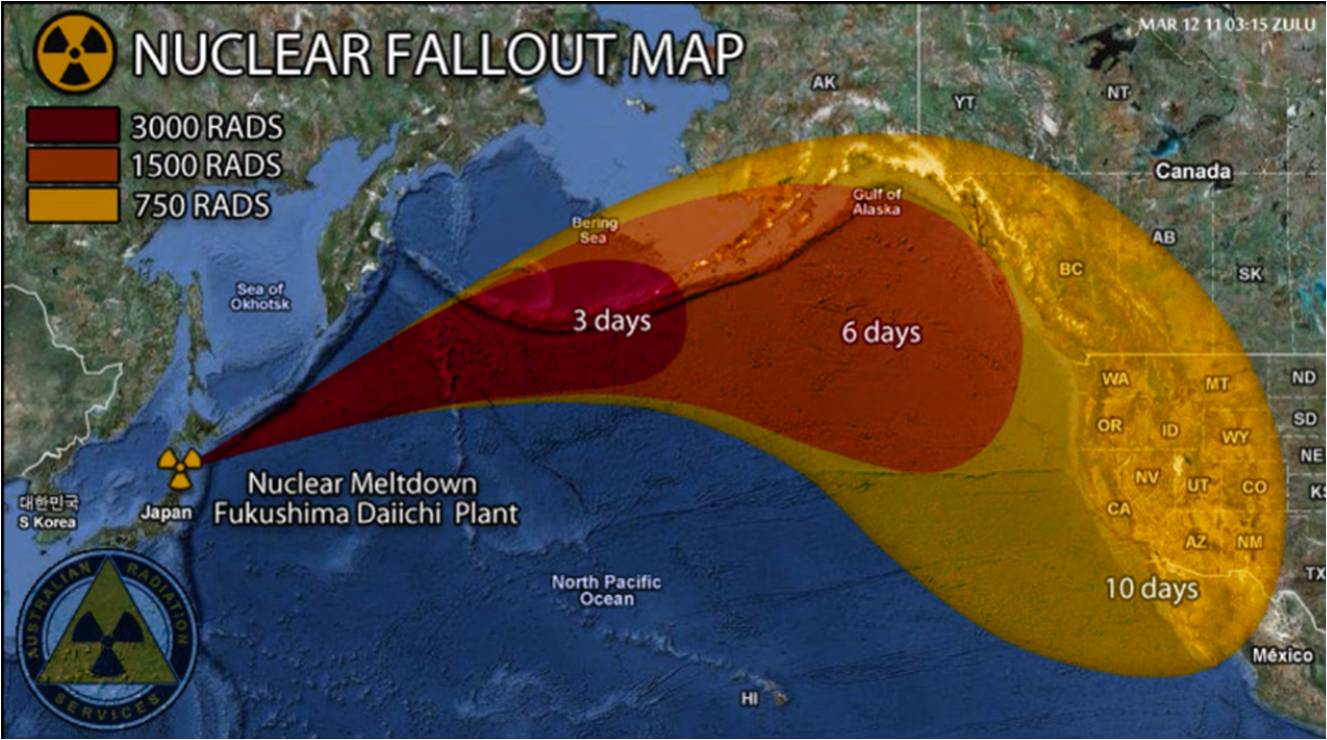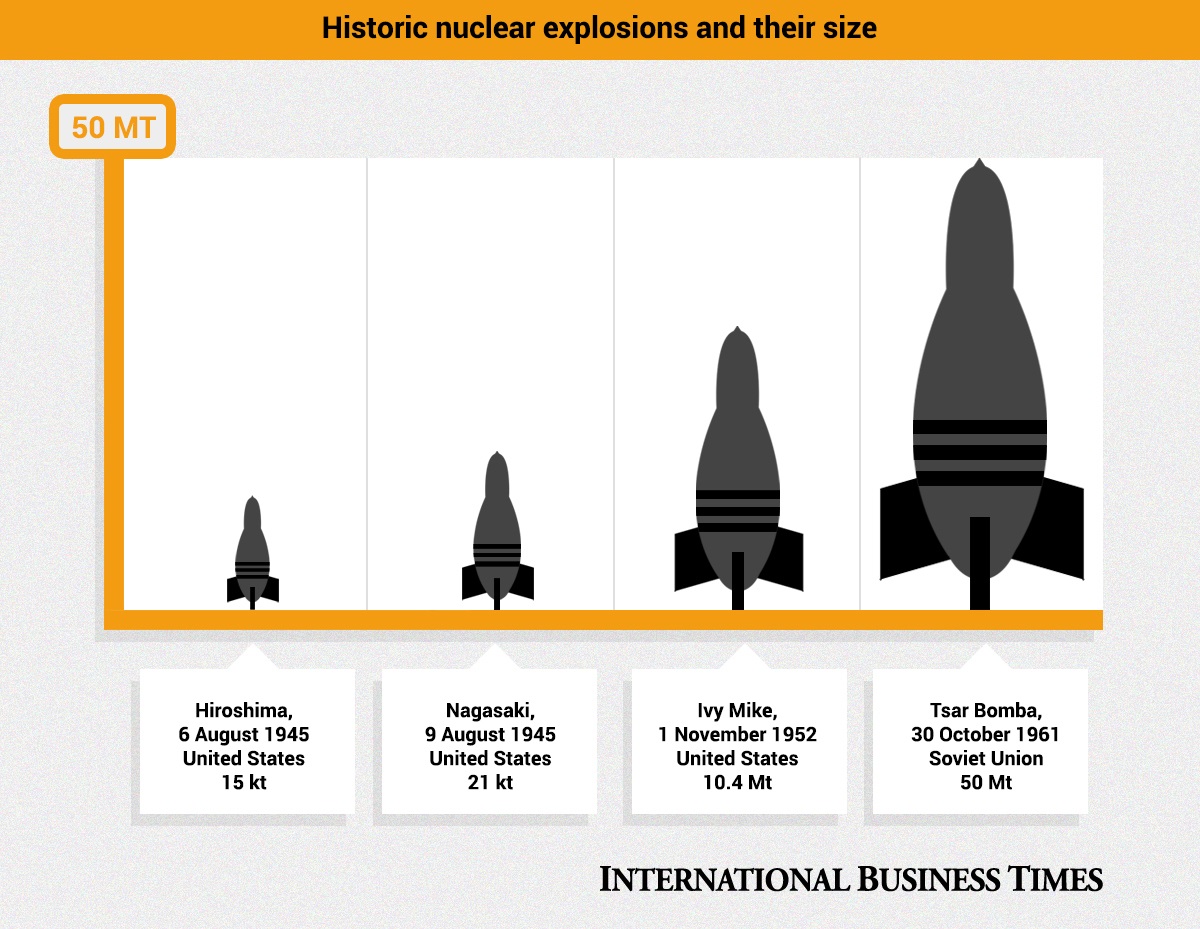

Some of this data could still be helpful. A largerĭevice, ICBM or a nuclear war would cause more wide-spread damage but Please realize this is being written with small nukeĭevices in mind (like a 1-kiloton to 1-megaton device).
#Nuclear fallout from reactor meltdown vs nuclear bomb how to
In other words, you CAN survive a nuke attack … but you MUST makeĪn effort to learn what to do! By learning about potential threats, weĪre all better prepared to know how to react if something happens. wait for the most dangerous radioactive materials to decay.take shelter with proper shielding, and.limit your exposure to radiation and fallout,.Nuke, of course), there is a very high probability you’ll survive as Several mile radius of the blast zone (depending on the size of the In reality, unless you are actually at ground zero or within a

Impact … and survivors would want to die once they come out of their In the event the unthinkable strikes our soil.įor decades, movies and some in the media have portrayed a nuclearĪttack as a “doomsday” event implying most people would be killed on Never happen – but we all must accept the fact nuclear tensions haveīeen rising globally so we should prepare ourselves and our loved ones People up to 53 miles away could also experience temporary blindness.No one wants to think about a nuclear crisis – and hopefully it will A 1,000-kiloton nuclear blast might produce third-degree burns up to 5 miles away, second-degree burns up to 6 miles away, and first-degree burns up to 7 miles away, according to one estimate from AsapScience. People at the center of the explosion ( within half a mile for a 300-kiloton bomb) could be killed right away, while others in the vicinity could suffer third-degree burns. When a nuclear bomb strikes, it sets off a flash of light, a giant orange fireball, and building-toppling shockwaves. "It's very, very dependent on weapon size, what the topography looks like, where they detonate it, who's upwind, who's downwind."

"It's really hard to say, 'Well, this city will survive and that city won't,'" she added. Drozdenko said US nukes generally had explosive yields equivalent to about 300 kilotons of TNT, while Russian nukes tended to range from 50 to 100 kilotons to 500 to 800 kilotons, though each country has more powerful nuclear weapons.Ĭars scorched during the Dixie Fire in the Indian Falls community of Plumas County, California, on July 25.Ī single nuclear weapon can easily wipe out an entire city, Kathryn Higley, a professor of nuclear science at Oregon State University, told Insider. The US, for instance, has about 5,500 nuclear weapons, while Russia has about 6,000, according to the Federation of American Scientists. "That raises the risk of nuclear confrontation because some of the NATO countries have nuclear weapons." "Ukraine doesn't have nuclear weapons, so the risk of nuclear war in this scenario is if, somehow, the conflict escalated to pull in NATO countries or the US," she added. "I hope it doesn't escalate, and I think there's a good chance that it doesn't, but the risk is real whenever nuclear-armed states are engaged in conflict with one another," Tara Drozdenko, the director of the Union of Concerned Scientists' Global Security Program, told Insider earlier this year. Security experts hope the conflict won't expand further or escalate to the point that a nuclear weapon might be used, but concerns are growing, especially as Russian President Vladimir Putin makes nuclear threats aimed at both Ukraine and the West and his forces continue to take heavy losses.Ī nuclear strike is unlikely but not altogether implausible, experts told Insider. While Ukrainians have suffered greatly, Russian forces, which are losing ground, have also experienced tremendous losses, with some casualty estimates as high as 90,000. As a result of Russian aggression, at least 15,592 civilians have been killed or injured in the fighting, according to the latest count from the United Nations Office of the High Commissioner for Human Rights, and millions of Ukrainian people have fled the country, becoming refugees. Russia has launched thousands of missiles and other munitions into Ukraine since the start of the war. Russian forces attacked Ukraine with missile strikes and shelling in late February, kicking off a dramatic escalation of the conflict in the region, and in the months since, the situation has continued to escalate.


 0 kommentar(er)
0 kommentar(er)
